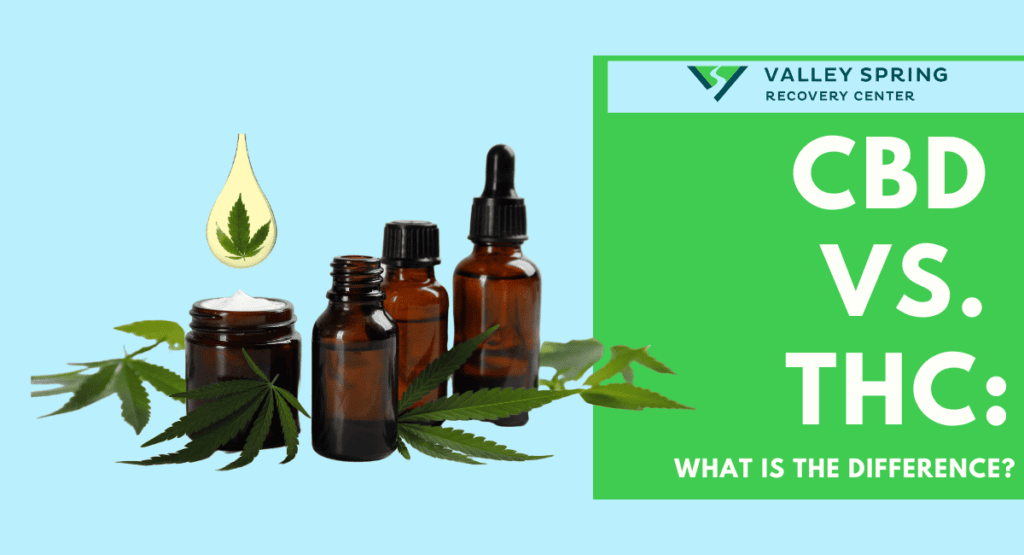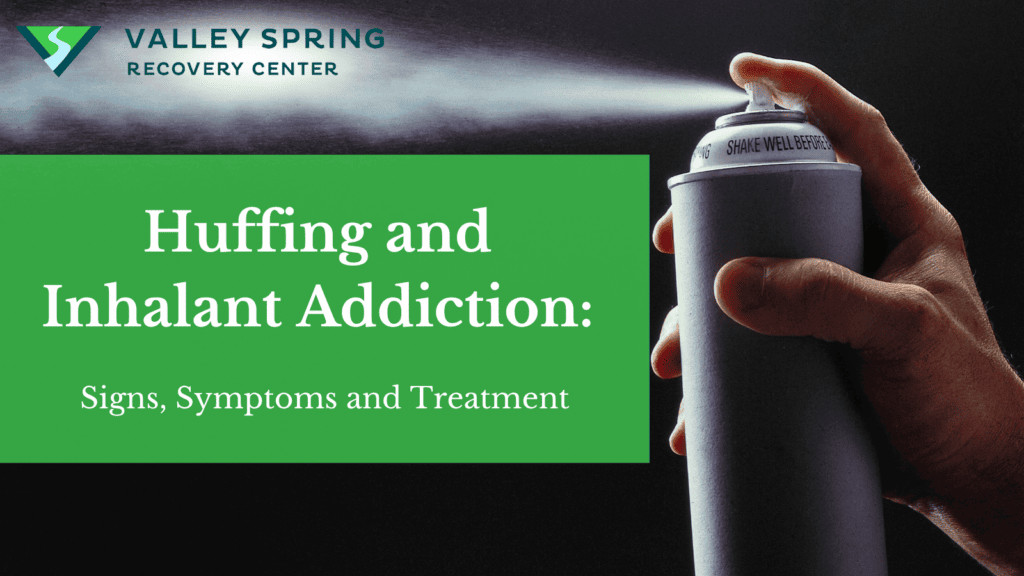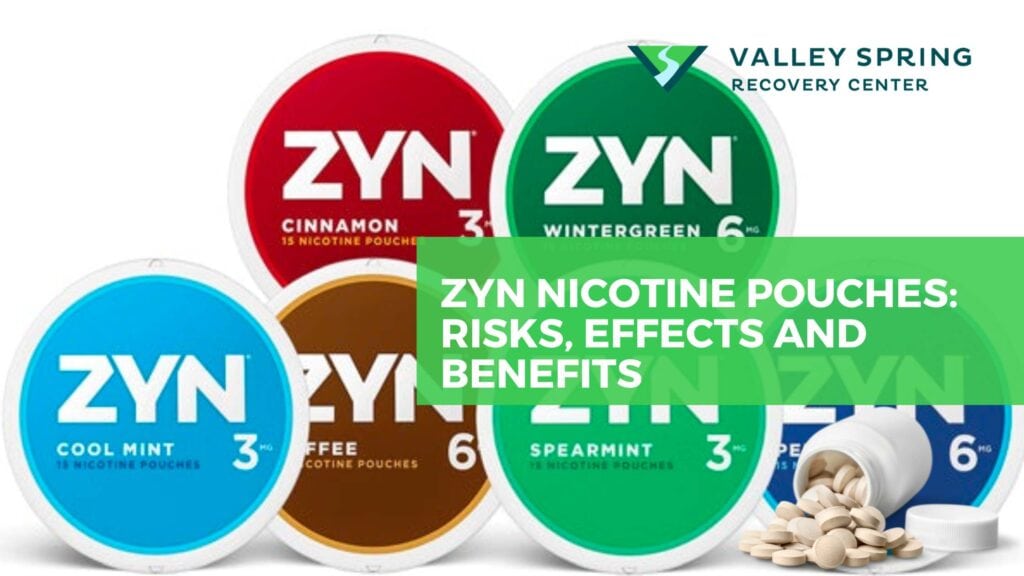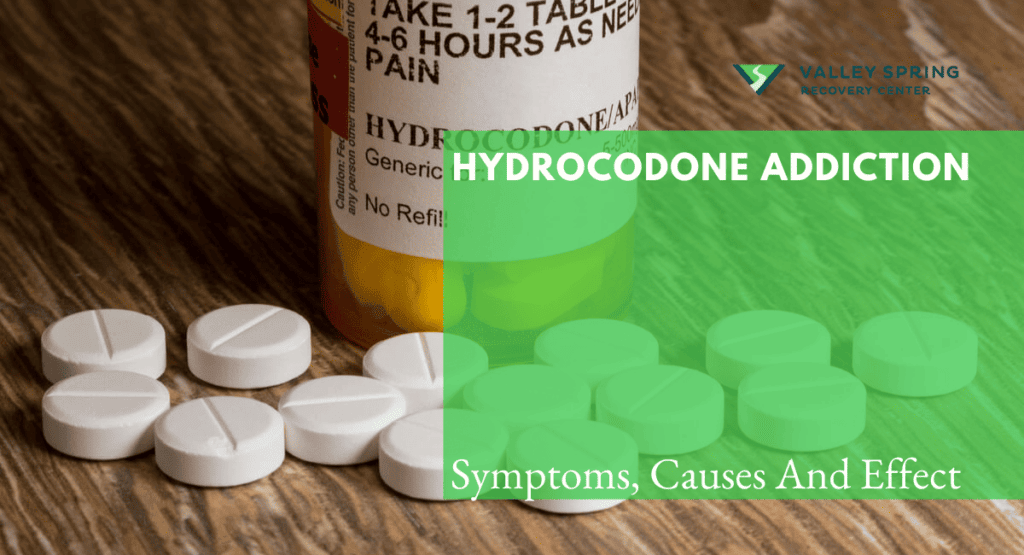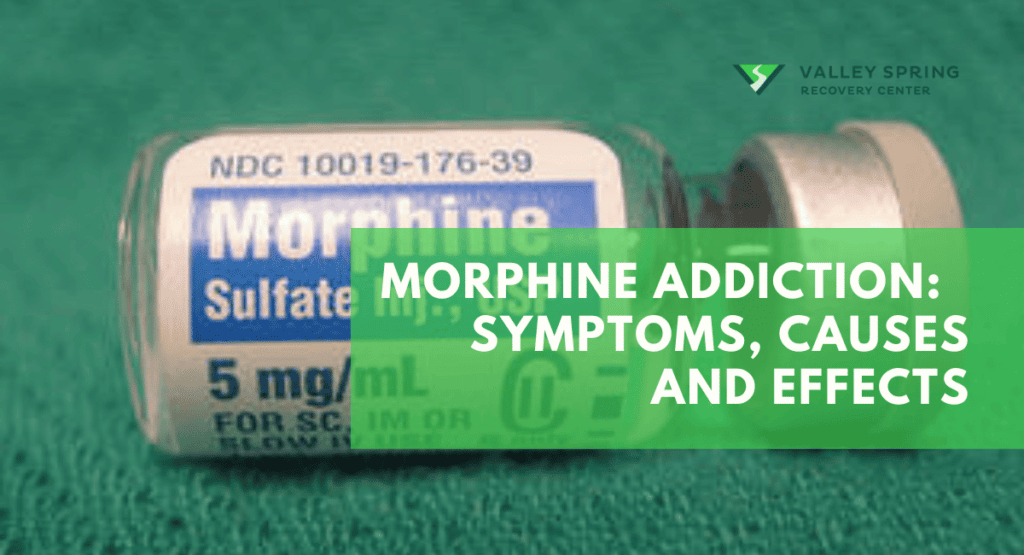CBD (cannabidiol) and THC (delta-9-tetrahydrocannabinol) are two distinct cannabinoids found in the cannabis plant with notable differences. Meanwhile, THC is psychoactive and responsible for the intoxicating effects associated with marijuana use, while CBD does not produce a high and is non-intoxicating.
Legally, THC is often subject to restrictions and regulations, whereas CBD is generally more widely available. Both THC and CBD have shown potential therapeutic benefits, but they are associated with different effects. You’ll learn more about these two substances further down the article.
What is CBD?
CBD stands for cannabidiol, which is one of the many cannabinoids found in the cannabis plant. It is a naturally occurring compound that has gained significant attention for its potential therapeutic properties. CBD is non-intoxicating, meaning it does not produce the psychoactive effects commonly associated with marijuana use. Unlike THC (tetrahydrocannabinol), the primary psychoactive compound in cannabis, CBD does not cause a “high” sensation.
Research suggests that CBD may have various potential health benefits. It is believed to interact with the body’s endocannabinoid system, which plays a role in regulating various physiological processes such as pain sensation, mood, immune function, and sleep. CBD has been shown to relieve pain, anxiety and depression, epilepsy, sleep disorders, etc.
Is CBD Addictive?
CBD, or cannabidiol, is widely recognized for its lack of addictive properties. Unlike THC, CBD does not produce psychoactive effects or a “high,” significantly reducing its potential for addiction. The World Health Organization reports that CBD shows no indications of abuse or dependence potential, and there’s no evidence of public health problems associated with pure CBD use. Used primarily for its therapeutic benefits, such as relieving anxiety, pain, and inflammation, CBD’s non-addictive nature makes it a safe choice for many.
What are the Benefits of CBD?
CBD, or cannabidiol, has been the subject of considerable research and has shown potential benefits in several areas. Here are some of the commonly reported benefits of CBD:
1. Pain relief
CBD has been studied for its potential analgesic properties and its ability to reduce pain, including chronic pain conditions such as arthritis or neuropathic pain.
2. Anxiety and stress reduction
CBD may have anxiolytic effects, helping to reduce symptoms of anxiety and stress. It has been studied in various anxiety disorders, such as social anxiety disorder and post-traumatic stress disorder (PTSD).
3. Sleep improvement
CBD has been reported to help improve sleep quality, potentially by reducing anxiety and promoting relaxation. It may also have a positive impact on sleep disorders such as insomnia.
4. Anti-inflammatory effects
CBD has shown anti-inflammatory properties, which may be beneficial in conditions characterized by inflammation, such as inflammatory bowel disease (IBD) or rheumatoid arthritis.
5. Neuroprotective properties
CBD has been studied for its potential neuroprotective effects and its role in conditions such as multiple sclerosis (MS) and neurodegenerative disorders like Alzheimer’s disease and Parkinson’s disease.
6. Epilepsy management
CBD has been approved by the FDA as a treatment for certain types of epilepsy, such as Dravet syndrome and Lennox-Gastaut syndrome. It has demonstrated efficacy in reducing seizure frequency in some patients.
CBD has shown promise in these areas. However, researchers are still working to fully understand its effects, optimal dosages, and long-term safety. Additionally, individual responses to CBD may vary, and it’s always advisable to consult with a healthcare professional before starting any CBD regimen, especially if you have underlying health conditions or are taking other medications.

What are the Side Effects of CBD?
CBD is generally considered to be well-tolerated, and most people experience minimal side effects, if any. However, it’s important to note that individual responses may vary, and some potential side effects have been reported in certain cases. Here are some of the possible side effects associated with CBD:
- Dry mouth
- Drowsiness
- Changes in appetite
- Diarrhea
- Interaction with medications
In some rare cases, people who consume CBD may experience changes in blood pressure, nausea, and fatigue. Some of these effects can be due to your genetics, dosage, or even the quality of the CBD.
How Do People Consume CBD?
CBD can be consumed in various forms, allowing individuals to choose the method that best suits their preferences and needs. Here are some common ways people consume CBD:
1. CBD oil/tinctures
CBD oil or tinctures are liquid formulations that are typically taken orally by placing a few drops under the tongue and holding it there for about 30-60 seconds before swallowing. This method allows for efficient absorption of CBD into the bloodstream.
2. Capsules and pills
CBD is available in capsule or pill form, similar to other supplements or medications. This method offers a convenient and precise way to consume CBD, as the dosage is pre-measured.
3. Edibles
CBD-infused edibles, such as gummies, chocolates, or baked goods, are popular options. These products provide a tasty and discreet way to consume CBD, but it’s important to be mindful of the dosage and allow sufficient time for the effects to be felt, as digestion can delay onset.
4. Topicals
CBD-infused creams, lotions, balms, and salves are applied directly to the skin. They are commonly used for localized relief, such as muscle soreness or joint inflammation. Topicals do not typically enter the bloodstream and are primarily absorbed into the skin.
5. Vaping
CBD can be vaporized and inhaled using a vaporizer or vape pen. This method allows for rapid absorption of CBD through the lungs, resulting in relatively quick effects. However, it’s important to note that vaping may carry its own potential risks and should be approached with caution.
6. Smokable forms
Some individuals choose to smoke CBD-rich hemp flower or use CBD concentrates, such as wax or shatter, in a vaporizer or by rolling it into a joint. It’s worth noting that smoking, whether CBD or cannabis, carries similar health risks as smoking tobacco.
The choice of CBD consumption method depends on factors such as personal preference, desired effects, convenience, and individual circumstances. It’s essential to follow product instructions, start with a low dose, and consult with a healthcare professional for guidance on appropriate CBD use.
What is THC?
THC stands for delta-9-tetrahydrocannabinol. It is the primary psychoactive compound found in the cannabis plant. THC is responsible for the intoxicating effects commonly associated with marijuana use.
When THC is consumed, it binds to cannabinoid receptors in the brain and central nervous system, specifically the CB1 receptors, which are concentrated in areas involved in memory, coordination, pleasure, and perception. This interaction leads to the psychoactive effects of euphoria, relaxation, altered perception of time, and changes in sensory perception that are often referred to as being “high.”
In addition to its psychoactive effects, THC also has various potential therapeutic properties. It has been studied for its analgesic (pain-relieving), anti-inflammatory, and antiemetic (anti-nausea) effects. THC is commonly used for medical purposes, particularly in the treatment of chronic pain, muscle spasms, nausea and vomiting associated with chemotherapy, and appetite stimulation in conditions such as HIV/AIDS or cancer.
Like every other marijuana by-product, THC is not legal everywhere. Some states in the US have stringent jurisdictions against the substance, and you’ll need to understand state and local laws to use it.

What are the Benefits of THC?
THC, or delta-9-tetrahydrocannabinol, the primary psychoactive compound in cannabis, has been associated with several potential benefits. Here are some commonly reported therapeutic effects of THC:
1. Pain relief
THC has shown analgesic properties and may help alleviate chronic pain, including neuropathic pain and pain associated with conditions such as multiple sclerosis, arthritis, and fibromyalgia.
2. Muscle spasm control
THC has muscle relaxant properties and may be beneficial in managing muscle spasms, particularly those associated with conditions like multiple sclerosis or spinal cord injuries.
3. Nausea and vomiting relief
THC can help reduce nausea and vomiting, making it valuable in the treatment of chemotherapy-induced nausea and vomiting, as well as in other medical conditions that cause these symptoms.
4. Appetite stimulation
THC has been shown to increase appetite, leading to its use in conditions such as cachexia (severe weight loss) associated with HIV/AIDS or cancer.
5. Sleep aid
THC may have sedative effects and help individuals with sleep disorders, such as insomnia, to fall asleep faster and improve sleep quality.
6. Glaucoma management
THC has been studied for its potential to lower intraocular pressure, which is a risk factor for glaucoma. However, the duration of this effect is relatively short, and alternative treatments are often preferred.
The effects of THC can vary among individuals, and its use may also be associated with potential side effects, such as cognitive impairment, anxiety, and increased heart rate.
What are the Side Effects of THC?
THC can have several side effects, particularly when consumed in higher doses or by individuals who are sensitive to its effects. Here are some common side effects associated with THC:
- Cognitive impairment
- Anxiety and paranoia
- Increased heart rate
- Dry mouth and eyes
- Dizziness
- Increased appetite
- Impaired coordination and motor skills
- Short-term memory impairment
- Possible respiratory issues when smoked
It’s important to note that the intensity and prevalence of these side effects can vary depending on factors such as the dose, individual sensitivity, method of consumption, and previous experience with THC.
How Do People Consume THC?
People consume THC in various forms to experience its psychoactive effects. Here are some common methods of THC consumption:
1. Smoking
One traditional method is smoking dried cannabis flowers in a pipe, bong, or rolled into a joint or blunt. When the cannabis is ignited, THC is released in the form of smoke, which is then inhaled.
2. Vaporizing
Vaporizers heat cannabis to a temperature that releases THC and other cannabinoids without combustion, thus producing a vapor that is inhaled. Vaporizing is considered a potentially less harmful alternative to smoking.
3. Edibles
THC-infused edibles are food or drink products that have been infused with THC extract or cannabis butter. These include chocolates, gummies, cookies, brownies, beverages, and more. When consumed, THC is metabolized in the digestive system, leading to a delayed onset of effects.
4. Tinctures
THC tinctures are liquid extracts that are typically placed under the tongue using a dropper. They are absorbed through the mucous membranes in the mouth, allowing for faster absorption into the bloodstream.
5. Topicals
THC topicals come in the form of creams, lotions, salves, or oils that are applied directly to the skin. They are primarily used for localized relief, such as reducing pain and inflammation.
6. Concentrates
THC concentrates are highly potent forms of cannabis that contain high levels of THC. These include products such as oils, waxes, shatters, and budders. Concentrates are typically vaporized or “dabbed” using specialized equipment.
The method of THC consumption can impact the onset, duration, and intensity of its effects. Each method has its own considerations in terms of dosage, potency, and potential health risks.

What are the Main Differences Between THC and CBD
THC and CBD have several distinct differences, including:
1. Psychoactive effects
THC is the primary psychoactive compound in cannabis, responsible for the “high” or intoxicating effect associated with marijuana use. It binds to cannabinoid receptors in the brain, leading to alterations in perception, mood, and cognition. Marijuana addiction is caused by prolonged exposure to its THC content. In contrast, CBD does not produce psychoactive effects and does not cause intoxication.
2. Legal status
THC is classified as a controlled substance in many countries and is subject to legal restrictions. Its use is often restricted to medical purposes or legalized for recreational use in specific jurisdictions. CBD, on the other hand, is generally legal in many places, although regulations can vary. In some cases, CBD may be subject to specific restrictions or require a prescription.
3. Medical applications
Both THC and CBD have shown potential therapeutic benefits, but they are associated with different effects. THC is known for its analgesic (pain-relieving), anti-inflammatory, and antiemetic properties. It is commonly used for managing conditions like chronic pain, nausea and vomiting, and muscle spasms. CBD has demonstrated potential for treating conditions such as epilepsy, anxiety, inflammation, and certain types of seizures. It is also being researched for its potential use in managing pain, insomnia, and other disorders.
4. Side effects
THC use can be associated with side effects such as cognitive impairment, memory and attention problems, anxiety, increased heart rate, and dry mouth. CBD, on the other hand, is generally well-tolerated, with few reported side effects. However, some individuals may experience mild side effects like fatigue, diarrhea, or changes in appetite.
5. Interaction with receptors
THC primarily interacts with cannabinoid receptors in the brain and central nervous system, particularly the CB1 receptors, which contribute to its psychoactive effects. CBD has a more complex mechanism of action and interacts with various receptors, including cannabinoid receptors (albeit with a lower affinity), serotonin receptors, and other non-cannabinoid receptors. It can modulate the effects of THC and influence various physiological processes.
Can Both CBD and THC Cause a High?
CBD itself does not produce a psychoactive “high” like THC. It does not bind strongly to the cannabinoid receptors in the brain that are responsible for the intoxicating effects of THC. Instead, CBD interacts with other receptors in the body, such as serotonin receptors, which may contribute to its potential therapeutic effects.
THC is the primary psychoactive compound in cannabis and is responsible for the intoxicating effects commonly associated with marijuana use. When THC is consumed, it binds to cannabinoid receptors in the brain, leading to the euphoric and psychoactive effects often referred to as being “high.”
However, the presence of CBD can modulate some of the effects of THC. CBD has been reported to have a tempering effect on the psychoactive properties of THC, potentially reducing its intensity and mitigating some of the associated side effects, such as anxiety or paranoia.
The ratio of CBD to THC, as well as the individual’s sensitivity and tolerance, can also influence the overall experience. Products with higher CBD content and lower THC content are less likely to produce a strong psychoactive effect compared to those with higher THC levels.
What’s Better for Pain; CBD or THC?
The choice between CBD (cannabidiol) and THC (delta-9-tetrahydrocannabinol) for pain management depends on various factors. CBD has shown promise in managing different types of pain, including chronic pain, neuropathic pain, and inflammatory pain. It interacts with receptors involved in pain modulation and reduces inflammation. CBD is generally non-intoxicating and has a low risk of addiction.
THC is known for its analgesic properties and has been used for pain management for years. It can effectively relieve chronic pain and pain associated with conditions like multiple sclerosis or cancer. However, THC is psychoactive and can cause intoxication and other side effects.
Some individuals may find that a combination of CBD and THC provides the most effective pain relief. The potential synergy between the two cannabinoids, known as the entourage effect, suggests that they may work together to enhance their therapeutic benefits. CBD can help mitigate some of the psychoactive effects of THC, while THC can contribute to the analgesic properties.
Does CBD Make You Hungry?
CBD is not typically associated with an increase in appetite or the sensation commonly referred to as “the munchies.” Unlike THC, CBD does not have the same direct influence on hunger or stimulate the same appetite-enhancing effects.
In fact, some research suggests that CBD may have the opposite effect on appetite. It has been studied for its potential to reduce appetite and food intake. CBD interacts with various receptors in the body, including those involved in regulating appetite and metabolism, such as the serotonin and endocannabinoid receptors.
However, it’s important to note that individual responses to CBD may vary, and some people may experience appetite changes when using CBD. Factors such as dosage, individual metabolism, and the specific CBD product used can influence these effects.
Is THC Addictive?
Yes, THC can be addictive. While the addiction potential of THC is generally considered lower compared to substances such as opioids or stimulants, it can still lead to dependence and addiction in some individuals.
THC addiction typically involves psychological dependence rather than physical dependence. Regular use of THC can lead to the development of tolerance, where higher doses are needed to achieve the desired effects. This can potentially escalate use and increase the risk of addiction.
Some signs and symptoms of THC addiction or dependence may include:
- Cravings
- Loss of control
- Neglecting responsibilities
- Withdrawal symptoms
- Continual use despite negative consequences
If you or someone you know is struggling with THC addiction or dependence, it’s important to seek professional help. Treatment options are available, including behavioral therapies and support groups, to assist individuals in managing addiction and achieving recovery.
What is the difference between CBD and cannabis oil?
CBD oil and cannabis oil are distinct products derived from the cannabis plant, each with unique characteristics. CBD oil, primarily containing cannabidiol (CBD), is extracted from hemp, a cannabis variety with low THC levels. It’s known for therapeutic benefits without psychoactive effects. In contrast, cannabis oil can contain a wider range of cannabinoids, including THC, the compound responsible for the psychoactive effects associated with marijuana. The composition of cannabis oil varies, offering a combination of cannabinoids that can produce different effects, from relaxation to euphoria, depending on the THC and CBD balance. While CBD oil is sought for health and wellness purposes due to its non-intoxicating properties, cannabis oil is often used for both medicinal and recreational purposes, where legal. The choice between the two oils depends on the desired effects and legal status in the user’s region.
Dr. Michael Olla
All author postsShare This Post

